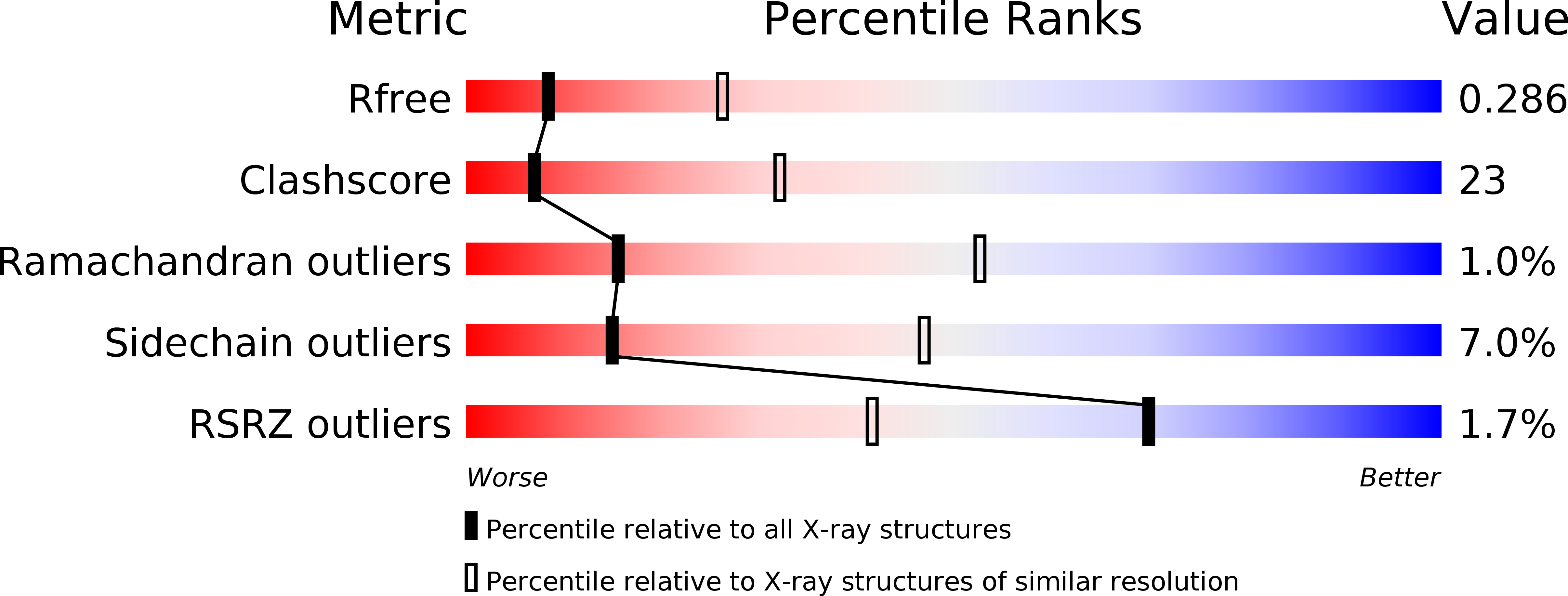
Deposition Date
2008-04-02
Release Date
2008-07-01
Last Version Date
2024-02-21
Entry Detail
PDB ID:
3CQG
Keywords:
Title:
Nucleoporin Nup107/Nup133 interaction complex, delta finger mutant
Biological Source:
Source Organism:
Homo sapiens (Taxon ID: 9606)
Host Organism:
Method Details:
Experimental Method:
Resolution:
3.00 Å
R-Value Free:
0.28
R-Value Work:
0.23
R-Value Observed:
0.24
Space Group:
P 21 21 21


